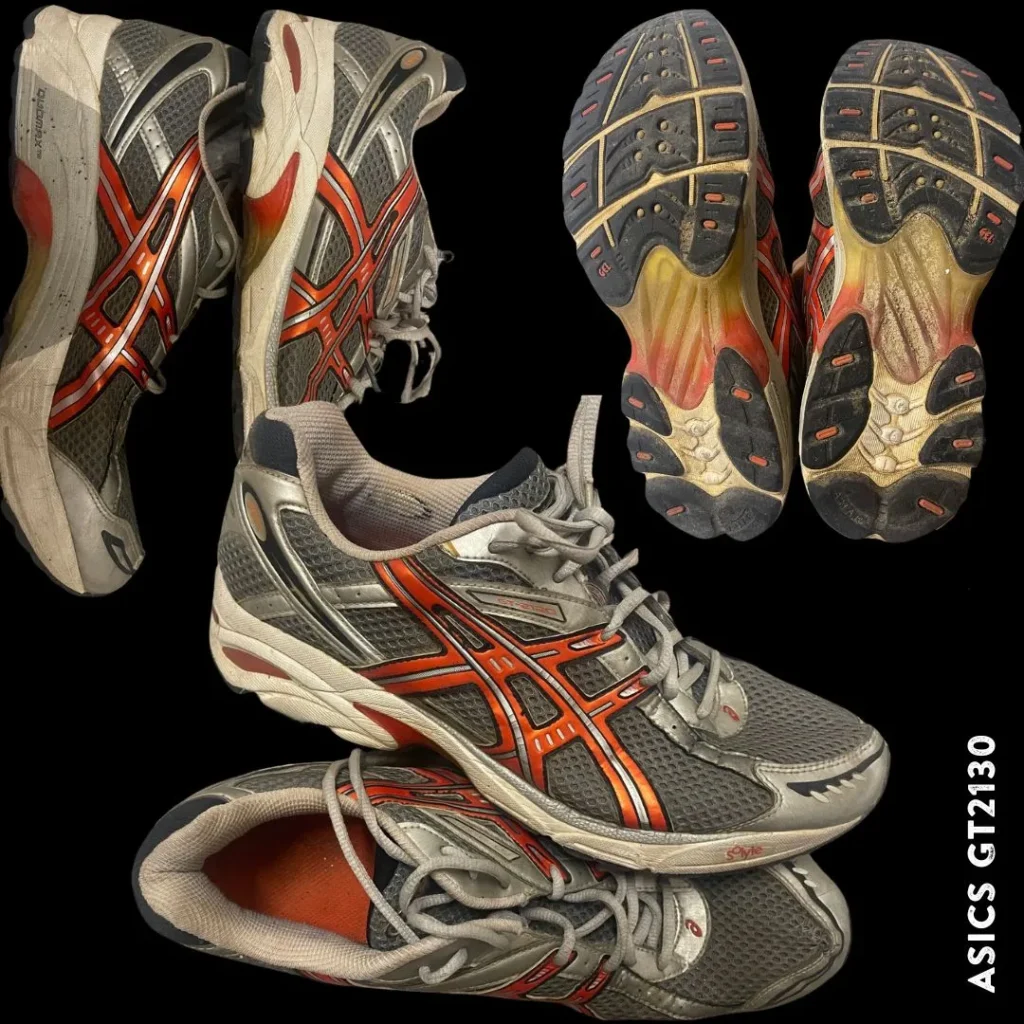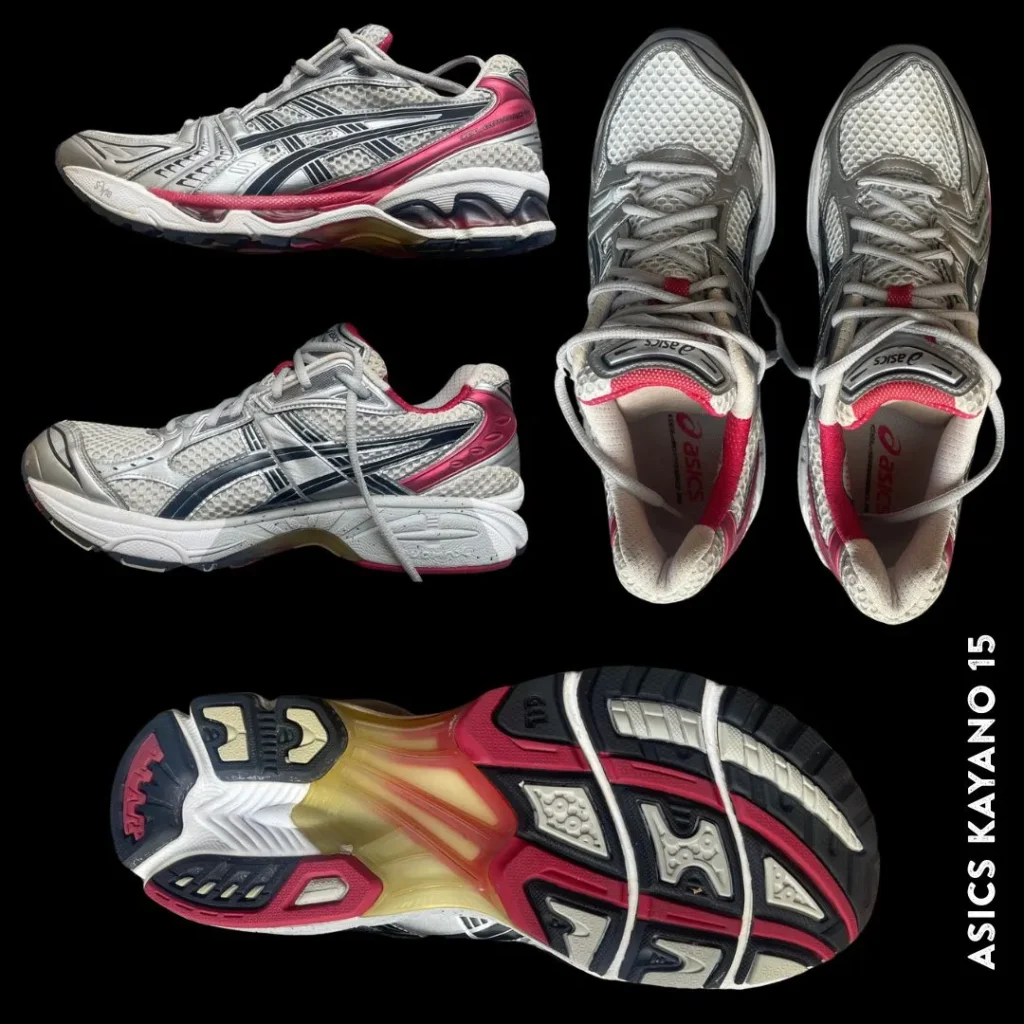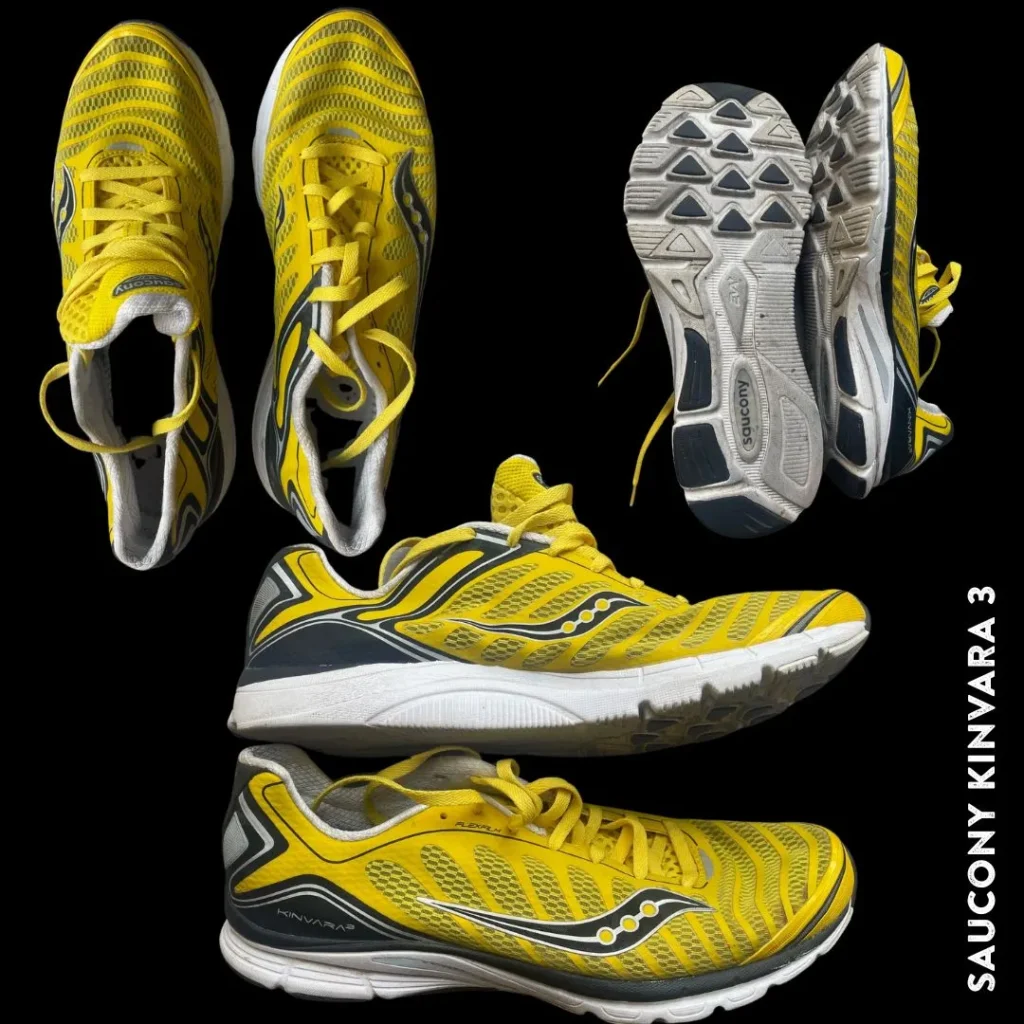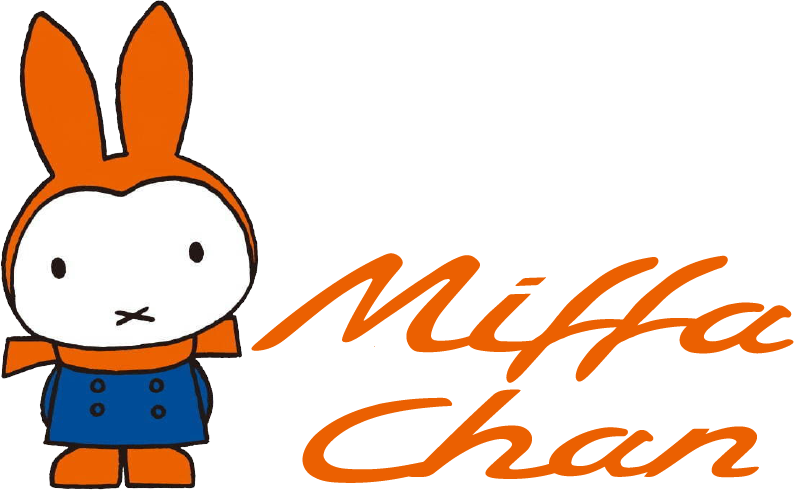This article explores the running shoes used for marathons before the widespread adoption of carbon plates, focusing on a personal journey from 2009 Marathon up to 2014. In the early days, it was common for runners preparing for a marathon to rely on just one or two pairs of shoes – often one for training and possibly another for race day. This contrasts with today’s common practice of a shoe ‘rotation’. My initial running shoes were standard training models until the significant upgrade to a Mizuno Rider V, which felt “prodigious”.
ASICS GT 2130: A Stability Classic for Marathon Training

Most of my marathon training during this period was completed in the ASICS GT 2130. This model was specifically a stability control shoe. In that era, brands heavily focused on designing models to “guide the footprint,” and runners with pronation issues relied on these shoes to train without injuries.
The GT 2130, in a size 12 US, weighed over 300 grams. Its aesthetic is now considered a ‘RETRORUNNER’ style, sometimes repurposed and sold with different materials as a casual ‘sneaker’.
Beyond aesthetics, the upper of the GT 2130 was noted for being very ventilated and pleasant. It seemed less constrained by the intense focus on combating odor or moisture compared to modern models, perhaps allowing for a more comfortable and luxurious feel.
The midsole foam was ASICS’s SOLYTE, which was approximately 30% lighter than traditional EVA foam. While it felt firm compared to the latest generation foams (described as “stony” by today’s standards), it still felt nice at the time. As a mid-range model, the ASICS 2000 series (which the 2130 belonged to) featured a GEL insert in the heel and a non-visible GEL insert in the metatarsal area. GEL technology was a key competitive differentiator for ASICS.
Durability was a strong point for the GT 2130, thanks to its AHAR carbon rubber outsole. This high-durability rubber, combined with a plastic “guiding system” plate in the mid-area, aided transition and added a certain “dynamism”. These shoes were so robust that after “several hundred kilometres,” they appeared “almost new,” except sometimes for the upper which would be the first part to wear out.
ASICS Kayano 15: The Premium Race Day Choice

For my 2010 Tokyo marathon, my first major race, I chose the ASICS Kayano 15. This represented the top of ASICS’s range at the time. I selected them believing that ASICS shoes, with their dual-density foams on the inside, incorporated a DUOMAX insert designed to help minimize pronation.
Interestingly, this marked the first time my race day shoe was used only a couple of times before the actual marathon. All the training for this race was done in other shoes, including the ASICS GT 2140, ASICS Trabuco, and various New Balance Trail models.
Unfortunately, the 2010 Tokyo marathon proved challenging due to poor weather and existing physical issues, resulting in a significant injury that fundamentally changed my running approach for several years. This led me to step away from marathon running temporarily, shifting focus to disciplines like cycling and triathlon. Because of these circumstances, I cannot provide extensive details on the Kayano 15’s performance during that specific race.
The Kayano 15 was considered ASICS’s “Mercedes S-class”. As such, it featured GEL technology across most of the sole. It boasted a luxurious upper finish and a memory foam innersole for added protection. Despite this premium build and extensive GEL, its weight was comparable to the GT 2130 or 2140. This level of finish and configuration remained consistent in Kayano models up to versions 23-24.
Saucony Kinvara 3: Embracing Minimalism After Injury

Following the injury sustained after the Tokyo marathon, I consulted a podiatrist and began using orthopaedic insoles. Over several years and thousands of kilometers, I used three different sets of these insoles. While they corrected my over-pronation, they created an uncomfortable sensation, “as if someone was sticking a stone in my arch” while running.
This experience led me to not run the Barcelona Marathon in 2011, instead exploring triathlon and cycling. During this period, running trends like minimalism, ZERO drop shoes, and barefoot running gained prominence. I also developed fasciitis, which I eventually overcame by altering my running form. This adaptation was facilitated by progressively using more minimal running shoes.
Running a marathon in the Saucony Kinvara 3, with its 4mm drop and minimal profile, initially seemed like a risky strategy. However, significantly improving my adaptation to minimalism during this time proved beneficial. My feet became stronger, and crucially, my ground impact became more “efficient2. This improved form meant I had no issues completing the Barcelona Marathon in the Kinvara 3, reducing my personal best time by almost 10 minutes.
It’s worth noting that this Barcelona marathon took place in 2014, and I had built a strong aerobic base from extensive road cycling beforehand. The marathon preparation itself was relatively short in weeks, starting with quite modest times because I had “forgotten how to run fast”.
An interesting detail about the Saucony Kinvara 3 is that I purchased them while on holiday in Bali for a very low price, less than 20-30 euros3. This is significantly less than the typical investment required for modern competitive marathon shoes

